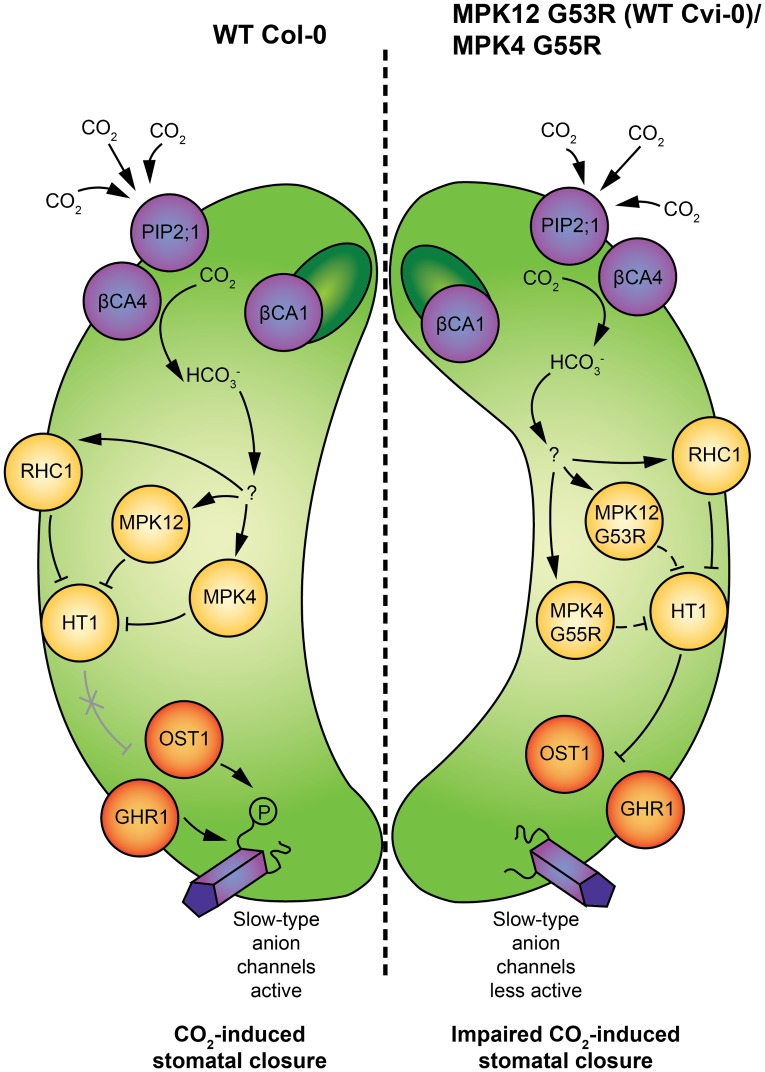Fig 7. Schematic model of molecular events during elevated CO2-induced stomatal closure.
(Left guard cell) CO2 enters guard cells through the PIP2;1 aquaporin [20] and is converted to bicarbonate by carbonic anhydrases βCA4 and βCA1. The mechanism by which bicarbonate is sensed in guard cells still needs to be resolved; nevertheless, it is likely that in elevated CO2 conditions, activation of MPK12 and MPK4 leads to inhibition of HT1, and this enables activation of slow-type anion channel SLAC1 by OST1 [15]. Additionally, GHR1 participates in the regulation of SLAC1 activity and is involved in CO2-induced stomatal closure [18]. Bicarbonate-induced inhibition of HT1 by RHC1 has also been shown [19]. (Right guard cell) The G53R mutation in Cvi-0 MPK12, as well as G55R mutation in MPK4, decreases the ability of these MPKs to inhibit HT1 kinase activity, which results in enhanced inhibition of SLAC1 activity by HT1 and decreased sensitivity to CO2 in stomatal closure.

